Film in the Digital Age: An Interview with 4 Photographers
![]()
In 2017, I began playing around with a 35mm film camera I had received from my grandparents. This Pentax Spotmatic was simple to use (although the light meter did not work) and it gave me a wonderful sense of accomplishment when I finished a roll of 36 photographs, each one being carefully thought out, more-so than when shooting digital.
Especially after finding Ben Horne’s YouTube channel and watching it religiously, my love for film grew ever stronger.
I decided to get a medium format film camera that summer – beginning with a Mamiya C330 TLR – and was quick to upgrade to a Bronica ETRS. Finally, in June of 2018, I was able to purchase a Pentax 67, a dream film camera of mine.
My love for film has only grown, despite some rough patches with debating whether I should crawl back to digital or stick with film. The flaws, slowed-down methods, disadvantages, and advantages all make film photography so much more interesting. In due time, I plan to upgrade to a 4×5 Large Format camera and force myself to slow down even further, taking a select few photographs a year, choosing only the best of the best.
While my story with film at this point is only beginning, I wanted to speak with some photographers who have been shooting film much longer than I, to learn why they have chosen to shoot film in a time when digital photography is king.
Here’s what they had to say.
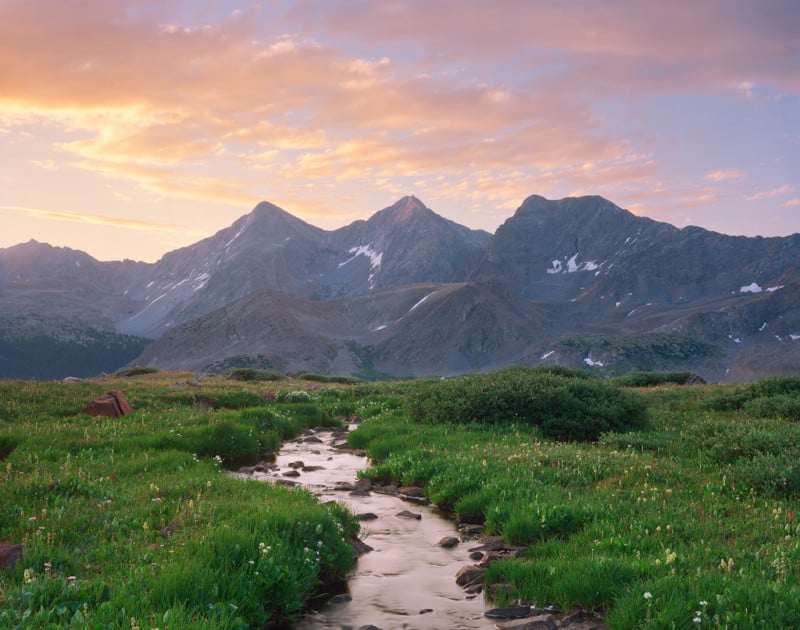
Can you introduce yourself to the readers? Who are you, what do you shoot, where are you based, etc.
Alex Burke: Hello! My name is Alex Burke and I’m a landscape photographer from Greeley, Colorado. I specialize in off-the-beaten-path wilderness landscapes from the American West captured on large format film.
Ben Horne: My name is Ben Horne, and I am a landscape photographer from San Diego, California. I have been shooting large format film ever since 2009, first with a 4×5 camera, and now with an 8×10 camera. Much of my work is done in Southern Utah, as well as here in California.
Dennis Ramos: Hi, my name is Dennis Ramos and I’m a fine art photographer. I’m based out of Florida which is my hometown as well. Being a fine art photographer, I tend to shoot landscape, seascape, and architectural most of the time, but I don’t limit myself to these categories as I have always love to shoot portraits and conceptual arts.
Shane Dignum: My name is Shane Dignum, I’m based in Los Angeles, California and I photograph natural and built landscapes.
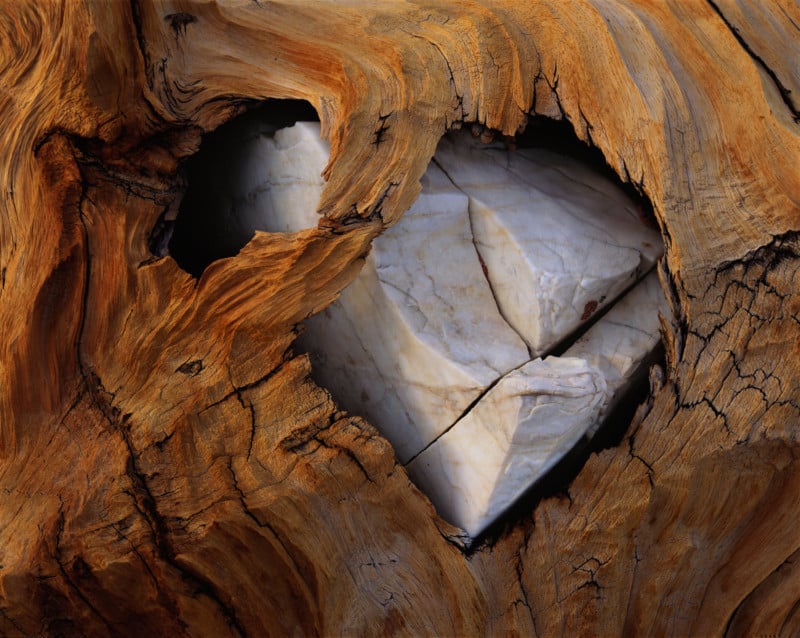
What made you start shooting film in the first place?
Alex Burke: I think at first it may have been because I wanted a more featured SLR camera but at the time DSLRs were quite expensive and loaded 35mm cameras were dirt cheap. After I saw my first few slides I was hooked!
Ben Horne: It was in late 2008 that I became dissatisfied with my own work. Despite traveling to some great locations, I just wasn’t happy with the end result. I knew deep down that the problem was myself. I wasn’t working hard enough at photography, I wasn’t taking the necessary risks, and I lacked discipline. A friend suggested that I should buy a 4×5 camera, so I did. Shooting large format film gave me a sense of discipline that I otherwise lacked, and I knew right away that this was the perfect tool for me.
Dennis Ramos: I’ve started my photography in the early 90s before the digital cameras were made and I was shooting just about anything with both SLR and point-and-shoot cameras. I slowly transitioned to digital when it first came out in early 2000 and started to get serious with it. In 2014, I decided to incorporate both analog and digital to my work.
Shane Dignum: Quality over quantity. My workflow has always been geared toward creating the highest quality prints.
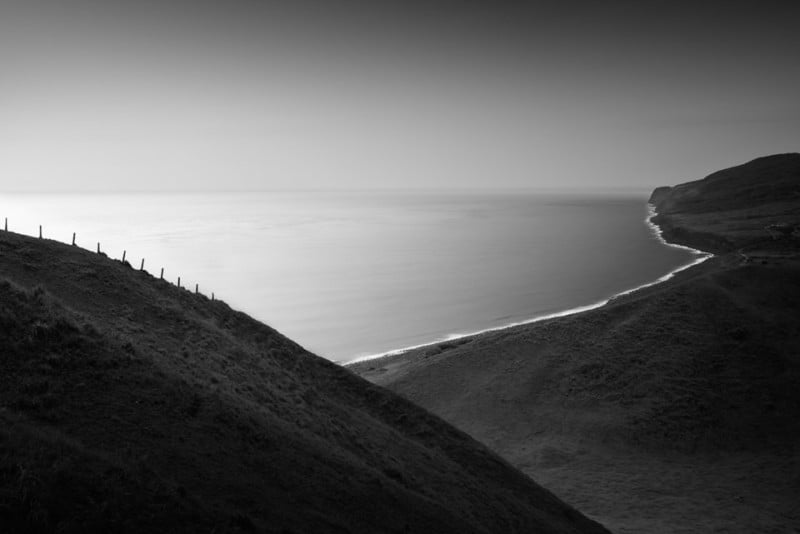
What’s your favorite camera/lens/film combination?
Alex Burke: I use a 4×5 camera and whatever lens is the right focal length for the job. As far as film I use a wide variety to fit the scene, mainly Velvia, Provia, and Ektar. Each type of scene can call for a different film type as they all have a different way of rendering colors and light.
Ben Horne: Though I always felt that normal lenses were somewhat boring on digital, I have come to embrace normal lenses on large format film. My Nikkor 300mm 5.6 provides about the same angle of view as a 50mm lens on a full frame camera, and it by far my most used lens. I use it most of the time on an Arca Swiss F Metric 8×10 camera, and my most used film is Fuji Velvia 50 slide film.
Dennis Ramos: Currently, I’m having fun with my 4×5 large format Tachihara field camera with 150mm Schneider F5.6 lens. But with any camera format I use, I always like to shoot with Kodak TMax400 or Ilford HP+400 and Ektar 100 for color.
Shane Dignum: 8×10 camera, 300mm lens, Portra 160.
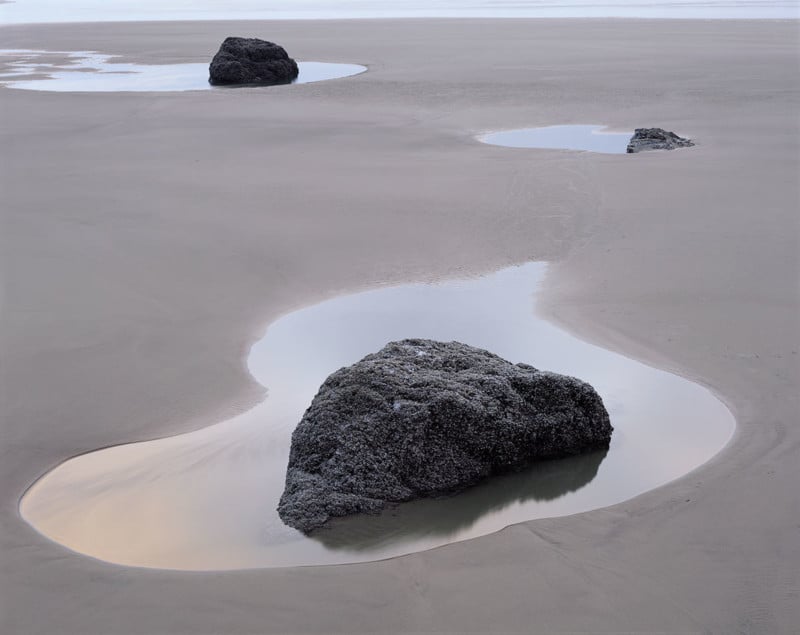
Why do you shoot film in the digital age? Do you ever worry about not getting the shot due to poor exposure, bad development, improper scanning, etc.?
Alex Burke: The entire process is far more interesting to me. Even after many years of experience, there’s always the chance that you just don’t quite know how something will come out and that’s the thrill of it. I would likely get bored very quickly shooting digital. I’ve tried to take as many of the bad variables out of the equation by doing my own developing and scanning with a drum scanner, but even still there will always be pleasant surprises and a few disappointments.
Ben Horne: One of the biggest learning curves for me with film was learning how to use a light meter. They are powerful tools, and once you learn the ropes, there are seldom any surprises when you get the film back from the lab – even with slide film that has very little wiggle room for a good exposure. Just to be safe, I shoot 2 sheets of film on important subjects. Usually one is just fine, but there have been some times when that second sheet of film proved beneficial.
Dennis Ramos: Shooting with film slows me down and enjoy each process. I feel there’s a lot more to explore with film. I enjoy trying out different films, cameras, development styles, and techniques. Do I ever worry about not getting the shot? That’s where the fun is!
Shane Dignum: Digital is certainly more convenient, especially for those who work in editorial, sports, fashion or social media, but large format film provides me superior results in the final print. Knowing that I have a very limited number of exposures to make really forces me to study the scene and compose carefully. Once you learn the technical aspects of a large format camera and how to properly expose film, the worries go away. Development is typically done in a lab and so far I have had no surprises. The only limitations that I do run into from time to time are the depth of field and windy conditions causing camera shake.
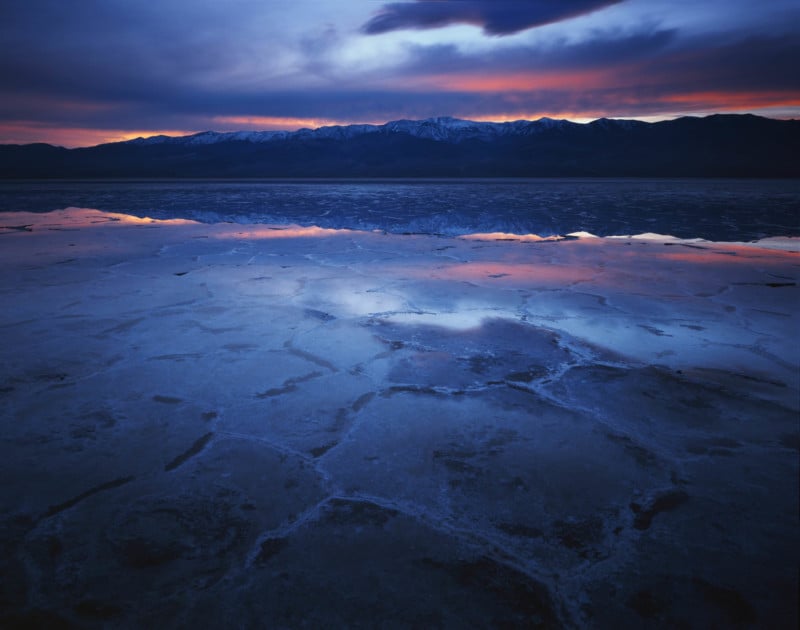
Do you ever shoot film for clients? What is that like, considering it is such an “outdated” way of shooting?
Alex Burke: I regularly sell large prints of my images, which is how I make a living. Part of the beauty of landscapes is that I shoot for myself and then worry about trying to market and sell the images later, so I don’t have the stress that comes with shooting directly for a client. If I mess a shot up, no one will ever know about it.
Ben Horne: I put all of my emphasis into landscape photography, so I don’t do any client shooting on the side. It’s kind of nice to keep it simple like that.
Dennis Ramos: This is one reason I don’t worry about not getting the shot: I don’t shoot for clients. I shoot film for my personal projects and I consider it as a classic way of shooting.
Shane Dignum: I’ve shot film for clients a couple of times; it was a special request. I’ve also photographed a wedding with my 8×10 for some friends, which was challenging. If I’m using a medium format film camera the results are great, it just takes time for the clients to get the work. Most clients nowadays want to see the work right away to give instant feedback and approval.
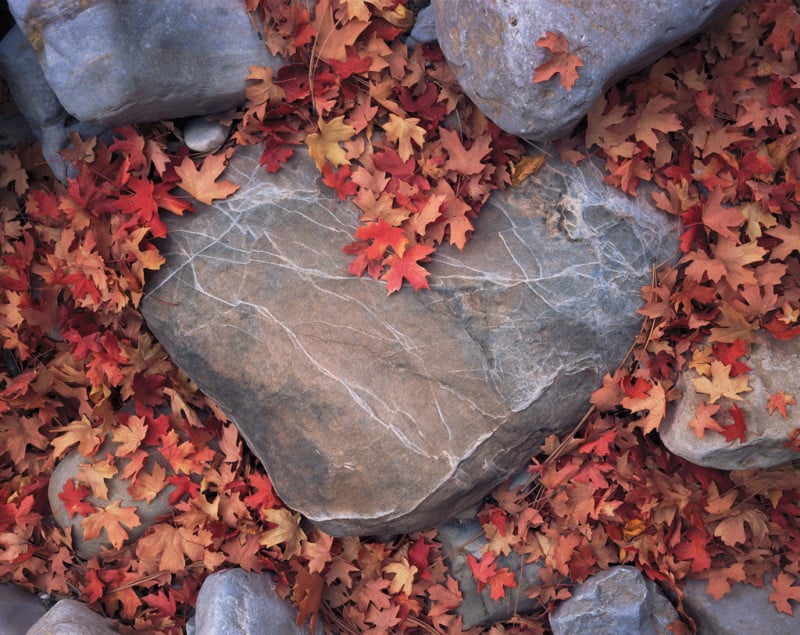
Are you a hybrid shooter (film and digital)? Or are you all film? Why/why not?
Alex Burke: I use a small digital camera solely for the purpose of a light meter and walk-around viewfinder. It helps me visualize the scene before setting up the camera and also helps preview the exposure. I find it best to focus on just the one format so everything I shoot is on film.
Ben Horne: 100% of my landscape photography is done on film. Outside of that, I really don’t do much of any photography. I have a Sony A7sII and a Sony RX100V that I use as part of my video kit, but I seldom use them to take any photos. I would certainly take the RX100 when going on vacation with my wife, but just as a fun point and shoot camera.
Dennis Ramos: I am a hybrid shooter and printer as well. As a fine art photographer, I create images and so I mix both to produce a beautiful image.
Shane Dignum: Large format film for my personal work. Medium format film for fun. Digital when a client is involved.
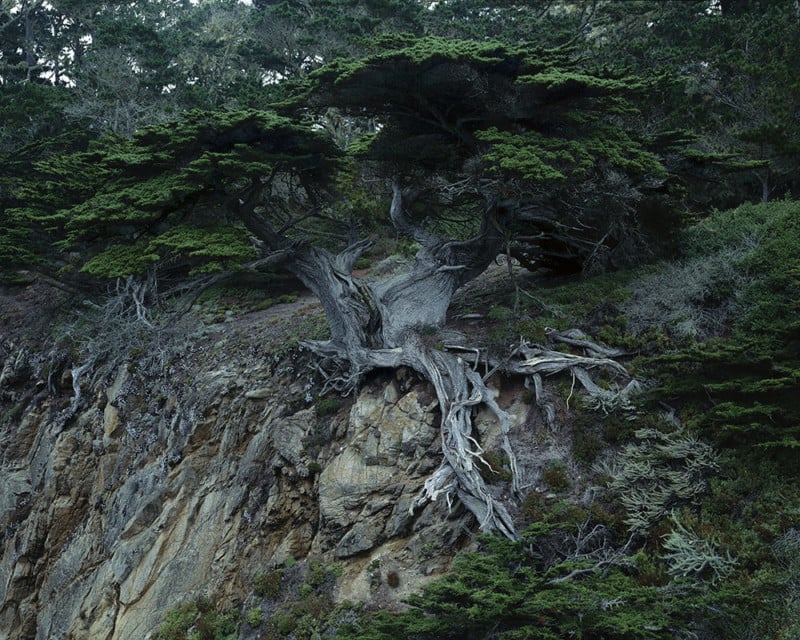
What are the advantages/disadvantages of shooting film?
Alex Burke: There can be many pros and cons. For the advantages I like the fact that I only shoot a few images at most of a given scene, usually just 0 to 3 depending on how good the light was. This forces you to really work on the composition and every aspect of the image to get it perfect. I also like the disconnect from gear, as large format cameras have virtually no modern technology and therefore also no reason to ever upgrade. I like that you also have to look for truly good light – you can’t just make it up in post-processing or shoot scenes with over-the-top contrast just because the fancy sensor can handle it.
As far as disadvantages, there will always be scenes you miss shooting large format film. The camera takes additional time to set up and the light can disappear before you’re ready. As far as the time it takes to go from shooting to developed that doesn’t bother me, there’s no real rush when it comes to landscapes and no clients pushing me to get it done right away.
Ben Horne: When shooting large format film, the equipment is bulky and the film is expensive, but that’s also one of the things I like about it. Working with an 8×10 camera gives me a sense of patience and purpose. It allows me to slow down, and think more about the subjects that are around me. I shoot a lot fewer photos than if I was shooting digital, but my keeper rate is much higher. When I went on my winter trip to Death Valley and Zion this past January, I photographed 9 different subjects, which resulted in 8 portfolio grade shots.
Dennis Ramos: As far as disadvantages of film photography such as cost, developing times, scanning issues, etc., I consider it insignificant as I am shooting for my personal projects. One big advantage of shooting film is being able to understand more about the subject and lighting. With a limited number of exposures, one must think first before shooting while the tendency with digital cameras, one will shoot first and think later.
Shane Dignum: It all depends on the subject you choose to photograph. For me, landscapes and 8×10 film are the perfect match.
About the author: Cody Schultz is a fine art photographer based in Pennsylvania. The opinions expressed in this article are solely those of the author and interviewees. You can find more of Schultz’s work on his website and Instagram. This article was also published here.
Image credits: Header photo by Melanie Olivieri